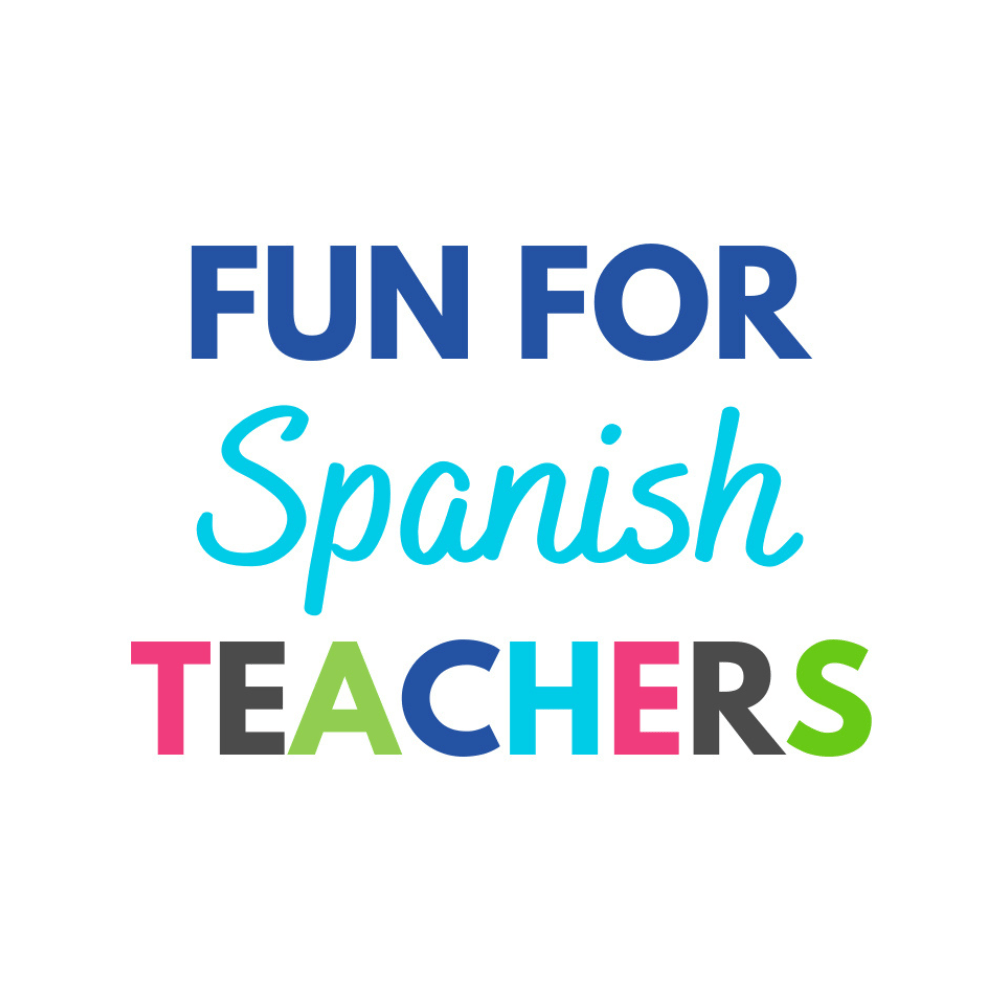
CLASSROOM MANAGEMENT IN AN ELEMENTARY SPANISH CLASS
Classroom management is definitely a skill that you build with practice. And it’s something that is constantly changing and evolving according to the different personalities of your students and classroom chemistry. What works with one class might not work with another, or what worked one school year might not work the next. I find myself continuously changing and adapting my classroom management strategies.
Writing this post is a reflection exercise for me. In the past, I had assumed that because the homeroom teachers I worked with had been investing time (not spending, or as we might say in a literal translation of Spanish, “wasting”) in going over classroom rules, creating beautiful agreements, their students would automatically come to me ready to engage and learn! How wrong I was! If the homeroom teacher has been investing time in making it a safe learning environment for everyone, I also have to do my part. Children need to see that teachers are all working together, and that we all have the same high expectations for them. Quite often we “special teachers” don’t start teaching on the very first day. What a great opportunity to go into the classrooms and learn the language and procedures homeroom teachers are using with their students.
Let Your Students Know A Little Bit About You
I started day one in my classes with a “Get to know the teacher” activity. I have done it different ways in the past. I have created a picture book about me, PowerPoint presentations, and these last two years I have made videos using PowToon. This is a short version I created to share here. In the presentation I use with my students, I add pictures of my family too. They love it! After watching the short video, we played a simple “cierto” and “falso” game. I also use this as an opportunity to connect with other students by asking simple questions such as ¿quién tiene perros?, ¿a quién le gusta el brócoli? or ¿a quién no le gusta el brócoli?, ¿qué te gusta comer?, and the conversation gets long! Some of my classes have asked to watch it a few times!
By first sharing a little bit about me with my students, I find that it is easier to start working on creating a class with a safe learning environment. I also invest a lot of time in talking about these rules in English, although the signs are in Spanish. I have noticed that starting with English and making sure my students understand and practice the rules will save me from having to use a lot of English later. With elementary students it takes a lot of practice. You kind of have to use the pattern of modeling, talking, and practicing. It is a lot of time at the beginning of the school year, but having the routines and rules well established will allow me to stay in the target language for more time. So far my grades 1-2 students (I haven’t met kinder yet) enter the classroom by greeting me in Spanish, and the grades 3-5 students enter the classroom using “La frase de la semana.”
Keep Your Rules Simple
These are the rules that I have been using for the last couple of years. I wish I could say I came up with them, but they were shared by my two colleagues who have used them in the past. They are simple, concrete, and easy to TPR. We talk about how each of them looks, and we model, practice, and talk again!
Once in the room, we talk about how they transition to their places in class. I started by not assigning spots or chairs in the classroom, but quickly noticed some of my students were having a hard time finding a place, so I decided to assign places in class. I have seen my students about 7 times this school year, and so far we have started every class by pointing at the posters, practicing and reinforcing them. These are the rules that I currently use with my students.
Introduce Other Routines
I also introduce the children to respond to the sound of the chime and teach some of the call and response chants that we will be using through the school year. During the first week, students also get to know our classroom, and the different procedures to use the materials we have in it. My school has a strong Social Emotional Learning (SEL) program and uses a lot of Responsive Classroom techniques, so many classrooms have a “Take a break” space. I call it “El espacio de la reflexión.” Responsive Classroom has a great explanation of this strategy.
I’m a brain break lover, so I definitely make sure to start using them with my students from day one! Elementary students need to move a lot, so this is a “must do” in all my lessons. It’s extremely important to introduce all your routines during the first weeks. Depending on the level, I either end the class with a song, exit ticket, or a simple “chócala” to send my students to line up quietly.
So far everything has been going great! Fingers crossed that it will continue that way. How do you do classroom management in your Spanish class? Please feel free to share in the comments!
Have an awesome school year!

